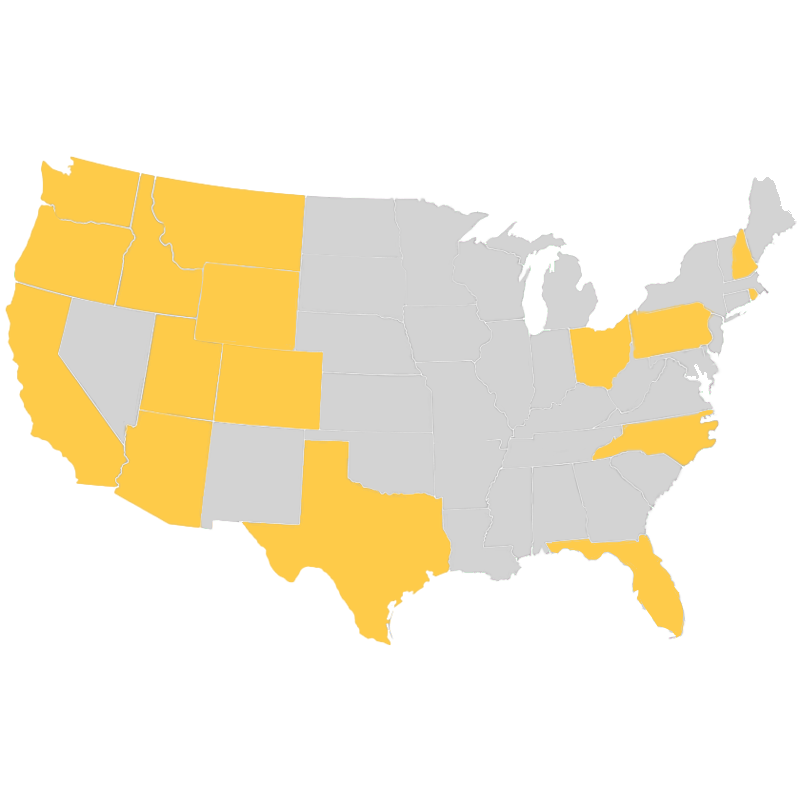What To Know Before Choosing Homeowners Insurance
Buying a home can be so overwhelming that it’s easy to glaze over the homeowners insurance process. But if something happens to your home, homeowners insurance can make or break you. Before you sign on the dotted line, here are four tips to help you choose the right homeowners policy for you:
Contact a reputable independent broker to compare coverage
Your mortgage lender can and probably will require you to have homeowners insurance. You may be required to purchase additional insurance – like flood insurance. You aren’t required to buy from a particular insurance company. Instead, compare coverage, price, and customer reviews. Be sure you get the right type and amount of coverage. Shop for value, not necessarily rock-bottom price. Working with a reputable independent broker saves you time by having all the shopping done for you. In addition to saving you time, an independent broker uses their experience and expertise to put together a proposal that fits your needs best.
Escrow your insurance payments with your mortgage payments
If you’re like most homeowners, you’ll tack monthly insurance payments onto your mortgage check. The lender will pay your insurance premiums (usually your property taxes, too) out of your escrow account. Lenders prefer this option because it lets them know your insurance premiums are being paid, and their investment is well protected. Most likely, you’ll need to pay for one year of insurance at closing. Bring information about the insurance policy you have chosen and the money to cover the first year’s premium.
Understand the details of your policy
Before you make a decision, understand these homeowners insurance terms:
Deductible – This refers to the amount you have to pay out of pocket before your insurance kicks in; the higher the deductible, the lower the annual premium.
Liability Coverage – This is coverage that will pay medical or legal bills if someone is hurt on your property, usually due to negligence.
Personal Property – Sometimes called the contents of your home, this is tangible property such as furniture, electronics, and clothing.
Premium – This is the price you pay for insurance, usually annually or monthly.
Replacement Cost – This is the kind of insurance that pays the full cost of replacing your dwelling or personal property, up to a maximum dollar amount. Most standard policies offer replacement costs, but you want to be sure the maximum amount is high enough.
Actual Cash Value – This type of policy gives you the current cash value (with depreciation) for personal property or your dwelling. It’s possible to have actual cash value dwelling coverage (as with an HO-8 policy, but to get replacement cost coverage for your contents).
Sub-Limits – Homeowners insurance policies will include limits, but they’ll typically also have sub-limits. For instance, the sub-limit on personal property for a $500,000 policy would typically be $250,000, or 50 percent of dwelling coverage.
Riders – These are policies you can include on your overall insurance policy to cover specific items. For instance, expensive antiques, jewelry, and artwork are often covered under their own riders because they’re too valuable to be covered as regular personal property. Some HO-8 policy holders also may get additional riders for things like heating, ventilation, and air-conditioning systems, which are part of the home and expensive to replace.
Be sure you understand how all of these terms work together in your homeowners insurance policy. Ask questions to ensure you have the right amount of coverage at the right price! Need help figuring out the right coverage for you? Contact us today!











